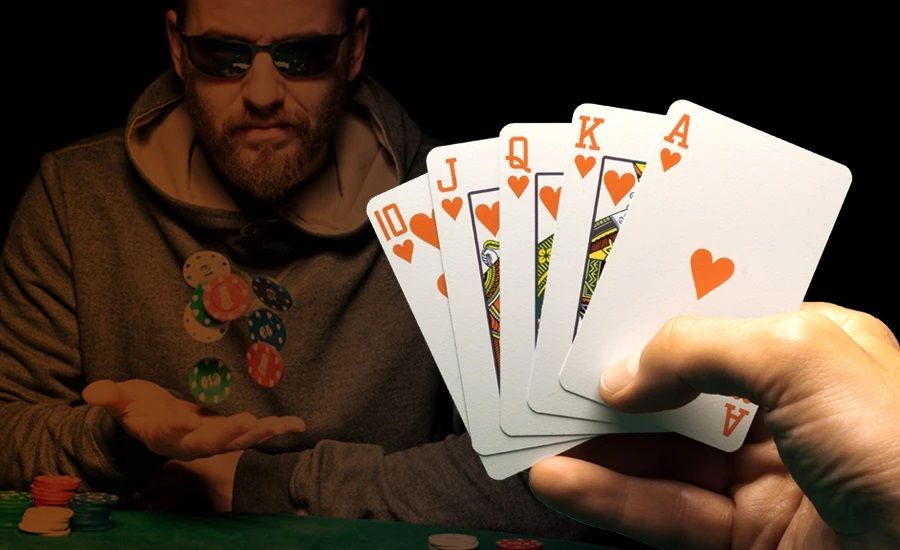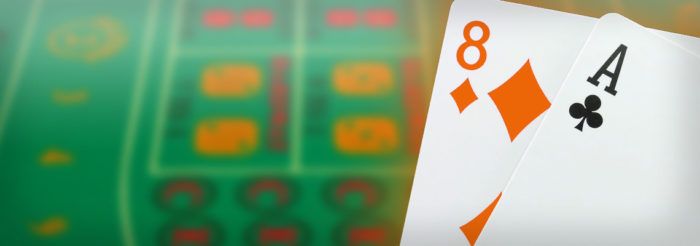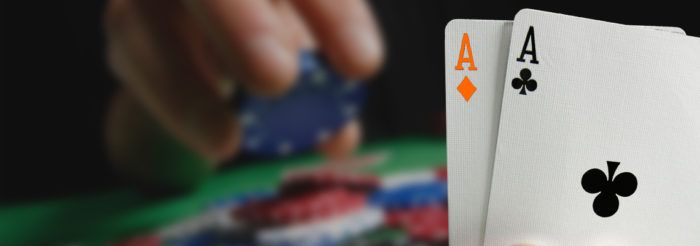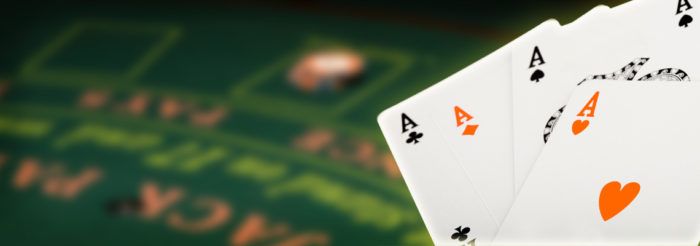How to Bluff in Poker: A Beginner’s Guide
Your eyes meet across the table. Your opponent raises his bet. Money’s been thrown down, big money. It’s a bold move. Are they bluffing? Do they have a poker tell? It’s a familiar scene. Unfortunately, it’s pretty inaccurate. Top poker players rarely bluff.
Truthfully, there’s simply too much at stake and bluffing is an easy way of running down your bankroll. Since there are so many misconceptions around the art of bluffing, many players don’t really understand how to do it properly. However, when used in small doses, it can be extremely beneficial to your game. We’ll teach you how to bluff in poker – you’ll have a Gaga-esque poker face in no time!
What Is Bluffing?
First off, let’s examine the basics. What is bluffing? Essentially, bluffing is any type of deception that you engage in during a poker game, from making a weak hand seem strong to making a strong hand seem weak.
In general, there are three types of bluffs:
- Stone cold bluffs / total bluffs: These are the types of bluff that most people are familiar with. It’s where you have absolutely no chance of winning the hand outside of convincing your opponent to fold. You’ll need a pretty good poker face to pull this one off.
- Quick bluffs: The most regular type of bluff. When nobody is particularly invested in the pot, and the likelihood is high that most players will fold when a significant bet comes in, a quick bluff can help you to hoover up a small to medium-sized pot.
- Semi bluffs: A semi bluff is essentially a bluff which you have a chance of winning if you’re called. The best poker bluffs tend to be semi bluffs
How to Bluff in Poker
It seems simple, right? It’s not. Experienced poker players are familiar with every type of bluff going. Here’s a few tips to help you up your bluffing game:
Cultivate the right table image. The way people perceive you at the table plays a massive part of how successful your bluffing strategy is. If you play a tight and aggressive game, your bluff is much more believable. However, if you call at every opportunity, entering into a lot of hands, people are much less likely to believe your bluffs. Ensuring that your bluff makes sense in the context of your betting history is a surefire way of convincing people of its validity.
Bluff from a strong position on the table. The best poker bluffs come from a good position on the table. The ability to see how people react throughout the round is a good way of determining whether a bluff is the right move.
Bluff at the right time. There are good times and bad times to bluff. In general, it’s a bad move to bluff early on in the game, since there’s so much action still to come in the round. A post-flop bluff where you’re sitting in a late position can be an excellent time to bluff, particularly if there’s relatively little going on with the board.

Size your bluff bets appropriately. If you’re just starting to learn how to bluff in poker, this is an important tip to get right. You should try to bet just enough to convince your opponents to fold. The question is, how much is just enough? The most important thing to consider is the size of the pot. If you bet too low, then your opponent will call just to see what you’ve got, whereas if you bet a high amount you’ll have risked a lot for comparatively little.
Judge your opponents accurately. If a player is raising along with you, it’s important that you have the ability to judge the strength of their hand. If they were an original raiser from the flop, they may be the real deal, whereas if they’ve only been check-raising, their hand may not be particularly strong.
Know when to walk away. If you’ve got a stubborn player who’s sticking with you, you may just have to accept that you’re going to have to walk away. You may be tempted to throw down a last, massive bet in order to convince them to fold, but it’s rarely going to have the desired effect. Just chalk this one up to the luck of the draw and learn from the experience.
How to Tell If Someone Is Bluffing in Poker
Most players really don’t understand how to bluff in poker, which means that there’s a variety of ways in which you can get the upper hand:
- Try to find their poker tell. Body language experts will tell you to look out for any physical giveaways that a player is giving off. Whether they’re playing with their chips more than usual, doing something with their hands, or simply doing something out of the ordinary – a poker tell could be literally anything. Throughout the game, make sure that you’re paying attention to the physical mannerisms of the other people on the table. It could pay off big time in the long run!
- Take note of the time your opponent takes to bet. This is particularly relevant for online poker, where you’re not able to actually see any physical poker tells. If your opposite number is taking an abnormally long time to call or raise, he may be having difficulty figuring out what to do, which in itself is indicative of a bluff. However, you have to be careful. They may be ‘hollywooding’ – dramatizing their play in order to gain some extra insight into their opponent’s hands.
Think you’re a master bluffer? Time to put your money where your mouth is. Test your skills with one of Betsson’s online poker games.








